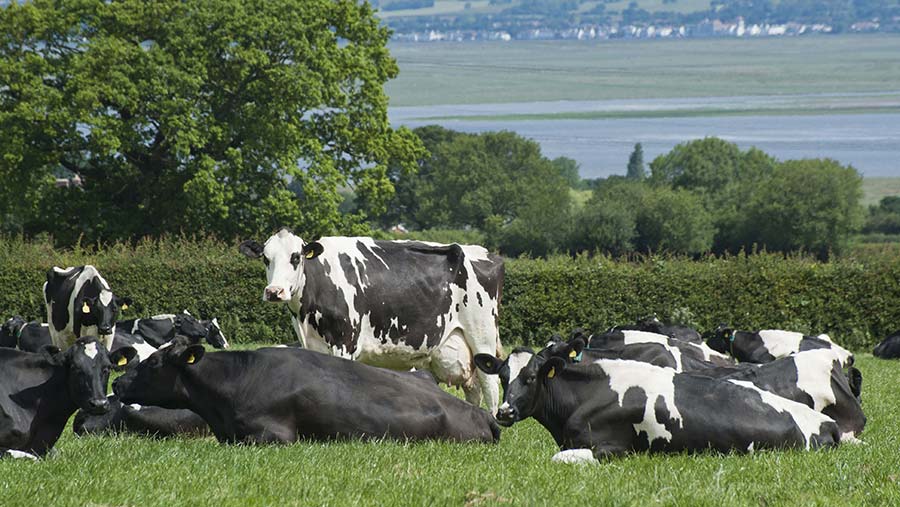Clean Air Tool launched to cut farm-based ammonia emissions
 © FLPA/Shutterstock
© FLPA/Shutterstock Welsh farmers are being encouraged to use a simple online tool that suggests ways to cut ammonia emissions.
Farming is estimated to account for about 85% of all Welsh ammonia emissions.
While in low concentrations ammonia is not harmful to human health, it reacts with other pollutants to make particulate matter, which can lead to lung health problems.
See also: Welsh ammonia emissions clampdown – what it means for farmers
The Clean Air Tool on the Farming Connect website shows the actions a typical Welsh farm can take to improve air quality.
The tool contains tips and advice on:
- Methods of storing and spreading slurry and manure
- Tips on spreading fertiliser
- Changes to livestock diets
- Housing considerations.
It outlines how small changes in daily farming routines, such as more frequent slurry scraping, can cut emissions by as much as 15%.
More closely matching the protein content of a dairy cow’s diet to its needs – at present more than half of the protein animals take in through their food is lost as nitrogen in their muck – has the potential to cut emissions by about 10%.
Farming Connect points out that many of the actions outlined should also bring business benefits.
Case study: Wern Farm
Wern Farm, a Farming Connect demonstration site near Welshpool, has achieved a 50% reduction on its previous ammonia levels.
It adds non-infective bacteria to the environment of hens in free range housing to reduce ammonia levels.
Harmless strains of bacteria, sourced from soil, replace harmful bacteria in faeces, preventing uric acid being converted to ammonia.
Sensors have been installed throughout the shed as part of a project to measure ammonia and carbon dioxide levels as well as temperature and humidity.
These activate automatic misters to spray the non-infective bacteria at set times and when data collected identifies spikes in ammonia.
